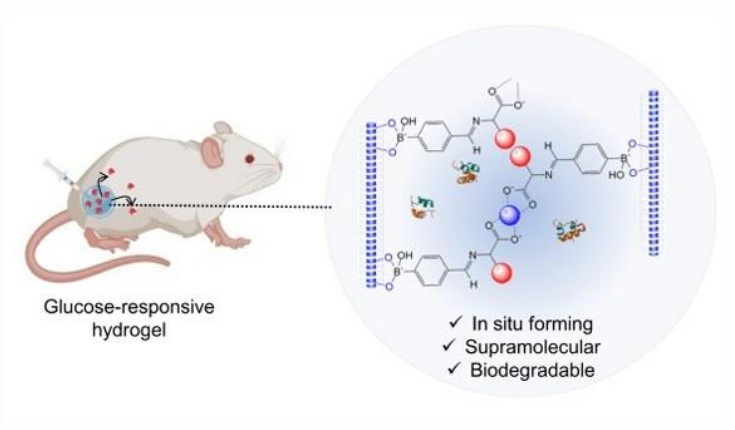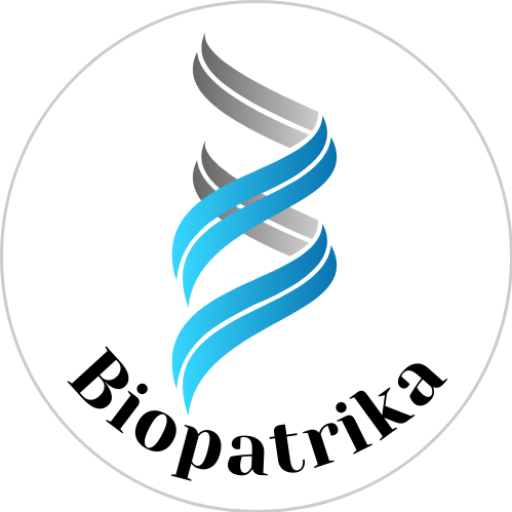Research Summary: We developed an injectable, biodegradable hydrogel using guanosine, amino acids, and phenylboronic acid that enables controlled glucose-responsive insulin release and restores normoglycemia in type-1 diabetic rats.
Author Interview

Dharmesh Jinagal is a PhD researcher at IIT Bhilai. His work focuses on developing supramolecular biomaterials for various biomedical applications, including drug delivery, wound healing, and enzyme catalysis.
Linkedin: https://www.linkedin.com/in/dharmesh-jinagal
Instagram: https://www.instagram.com/i_jinagal
Lab: Dr. Suchetan Pal, IIT Bhilai
Lab website: https://suchetanpal.wixsite.com/bionanolab
What was the core problem you aimed to solve with this research?
Conventional insulin therapy often causes hypoglycemia and fails to mimic natural glucose-regulated release from pancreatic β-cells. We aimed to develop a safe, injectable material that delivers insulin precisely when glucose levels rise.

How did you go about solving this problem?
We engineered a small-molecule self-assembled hydrogel formed from guanosine, amino acids, and 4-formylphenylboronic acid. Dynamic boronate ester and imine bonds create a glucose-responsive network that degrades under hyperglycemia to release insulin in a controlled manner.
How would you explain your research outcomes (Key findings) to the non-scientific community?
We have developed a smart hydrogel that senses glucose levels in the body and releases insulin only when needed-much like a healthy pancreas does. In diabetic animals, it maintained normal blood sugar for longer and reduced the risk of hypoglycemia.
What are the potential implications of your findings for the field and society?
This system could enhance diabetes management by reducing the frequency of injections, minimizing the risk of hypoglycemia, and providing long-term glucose control. The design also opens doors for affordable, scalable, and biocompatible drug delivery technologies for other diseases.
What was the exciting moment during your research?
The most exciting moment was observing stable normoglycemia in diabetic rats for several hours after treatment, which proved that our hydrogel could deliver insulin in response to changing glucose levels.
Paper reference: Jinagal et al., Chem. Commun., 2025, https://doi.org/10.1039/D5CC05351J
Explore more
🎤 Career – Real career stories and job profiles of life science professionals. Discover current opportunities for students and researchers.
💼 Jobs – The latest job openings and internship alerts across academia and industry.
🛠️ Services – Regulatory support, patent filing assistance, and career consulting services.




